It's an eye-catching – literally – concept: an urban hotel themed around street art and graffiti. Artist James Earley is outside in the small internal courtyard of the new Hendrick hotel in Smithfield, Dublin 7, which opens to the public on Monday May 27th.
In the enclosed and compact space surrounded by high walls (the hotel is six storeys high), are three large-scale murals commissioned by Earley for the space. They make a bold statement in heat would otherwise be an unremarkable courtyard.
Earley is looking at the large acrylic, oil and spray mural, finished hours ago, and inspired by a photograph artist David Booth (this year's BP Portrait Prize winner) took in Marrakesh, Morocco.
Nearby is Atmos’s bold abstract, a typographic play around form and composition within letters. James Earley’s own mural is a deconstruction of stained glass using modern techniques, weaving in subtle, abstract equine imagery, reflecting Smithfield’s horsey background.
Earley’s family background in stained glass also figures in the lobby’s triptych of rose windows, made of laser-cut Perspex.
The Dublin-based artist has made public art since 1997. He painted the outside of Blooms Hotel, curated collections for the Deane and the Devlin hotels, and painted murals for apartments, but a project this extensive and wide ranging is a departure.
The Hendrick is the latest building from property developers Dublin Loft Company, led by siblings Mark, Andrew and Kelly Cosgrave, children of the late developer Peter Cosgrave, who died last month. Managers are Tifco Hotel Group. The idea to celebrate the urban artforms of graffiti and street art came from the family, says Earley.
He is only one of over 90 artists displayed. “I know, I’m the curator and it seems like an inside job!” he jokes, “but it was by request [from the Cosgraves]!”
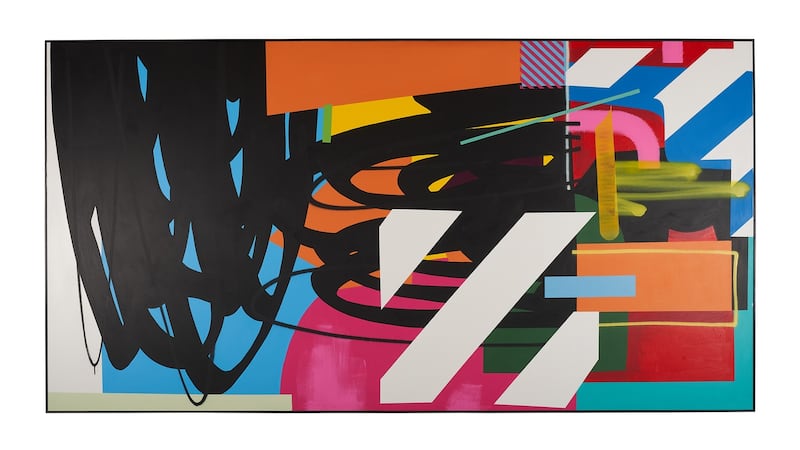
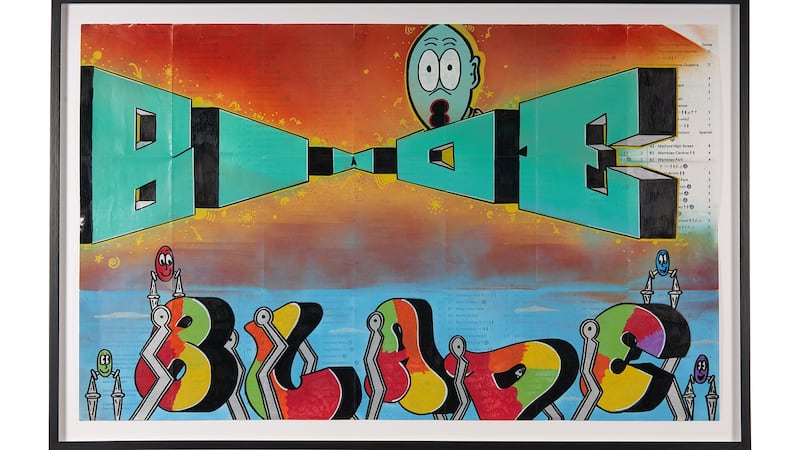
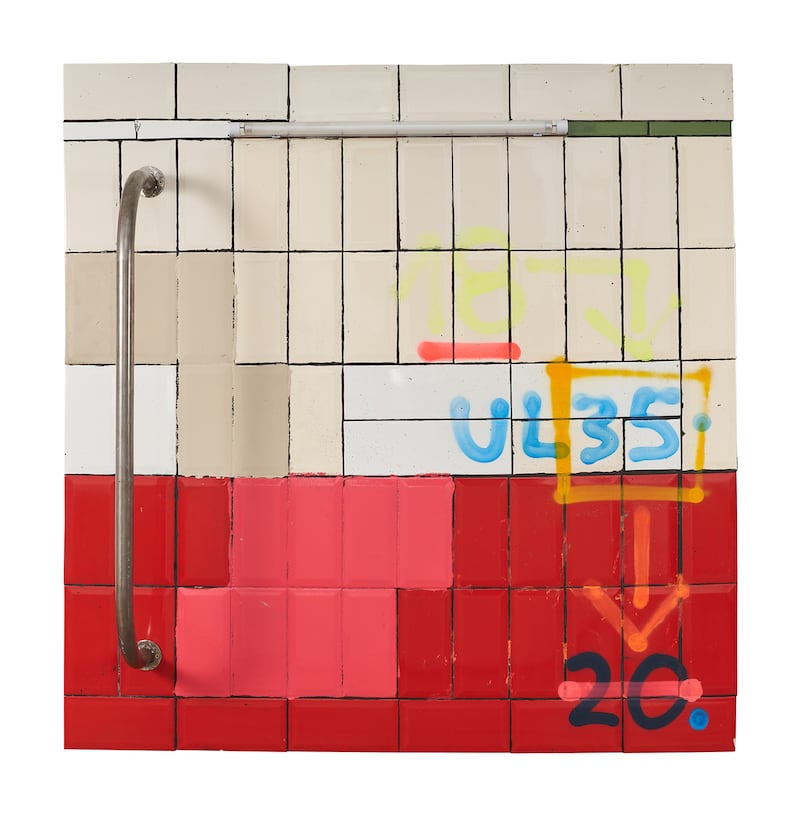
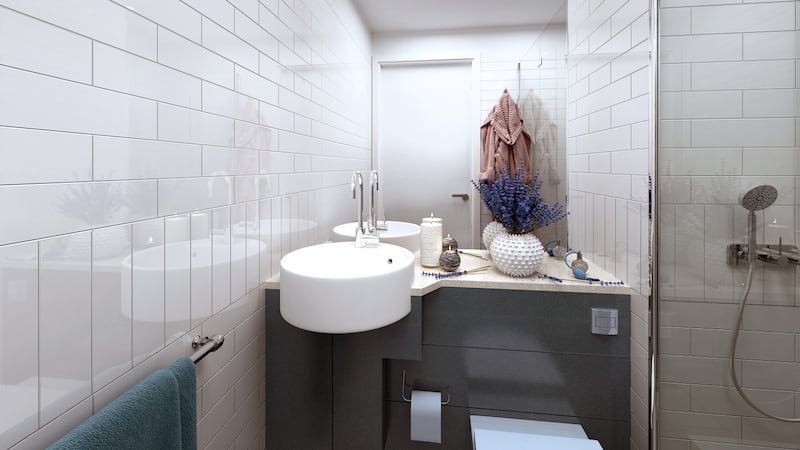
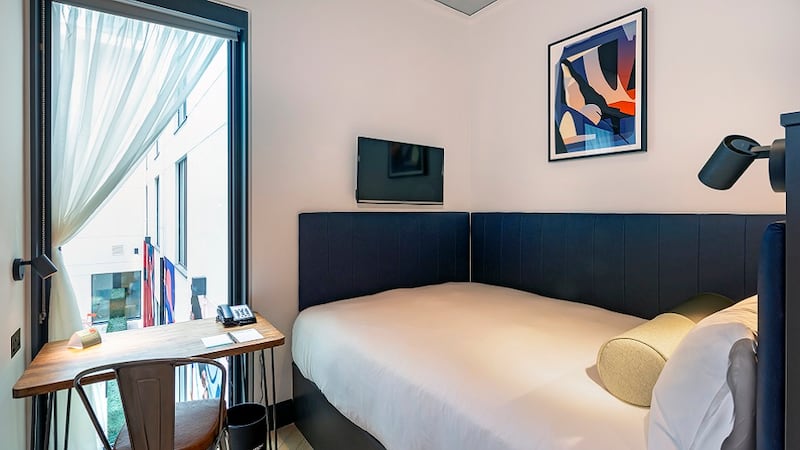
Aside from the three murals, 256 there are hanging artworks inside, around a third of them commissioned. They document urban art, from graffiti based around tagging and stylised typography, to street art by artists working in the public realm; from the birth of letter-based graffiti and stencil street art to contemporary progressive and avant garde work.
While the artists are 50/50 Irish and international, some 75 per cent of the funds went to Irish artists. He has no favourites, but Earley thinks “the collection as a whole gives an excellent overview of the global graffiti and street-art movement.
"I feel the stars of the show are definitely the Irish artists – Conor Harrington, Aches, Maser, Cisto, Stephen Burke, Joe Caslin, Signs of Power (Vanessa Power), David Booth. They are testament to the abundance of creativity and high standard coming from Ireland, that effortlessly holds its own on the international stage."
The collection can’t have come cheap, though the owners are tight-lipped about both the art budget, and the overall hotel investment. While pulling it all together has been busy – from commissions to buying print editions online, Earley is “proud as punch about the collection. I’m over the moon – I put my heart and soul into it. I’ve been an artist in this area for over 20 years, and this was a great opportunity to elevate and educate people about street art.”
Hendrick Street, a small street a few minutes from Smithfield square, is a 20-minute walk to O’Connell Bridge. The six-storey new build was designed inhouse by Dublin Loft Company, and the industrial interior style echoes the area’s background: distressed woods, metal piping and stylised heating vents in the lobby ceiling.
A lobby highlight is a section of wall from Windmill Lane studio, signed by U2 during a recording session. There’s an abstract expressionist work by Maser behind the check-in desk, a Taki print, a tribute to Taki by Blek le Rat, and striking pixellated portraits by Aches.
Upstairs, another Aches features the contour of letter forms. On bedroom corridors are Blade’s London Tube Map and a version of ADW’s The Grey Area (men pouring colour into a man-hole, a statement about Dublin planning laws’ effect on public art).
There’s street art in each of the 146 stylish bedrooms, which are really for sleeping and showering. They have King Coil mattresses, good-looking bedding and power showers, in a snug, minimalist package.
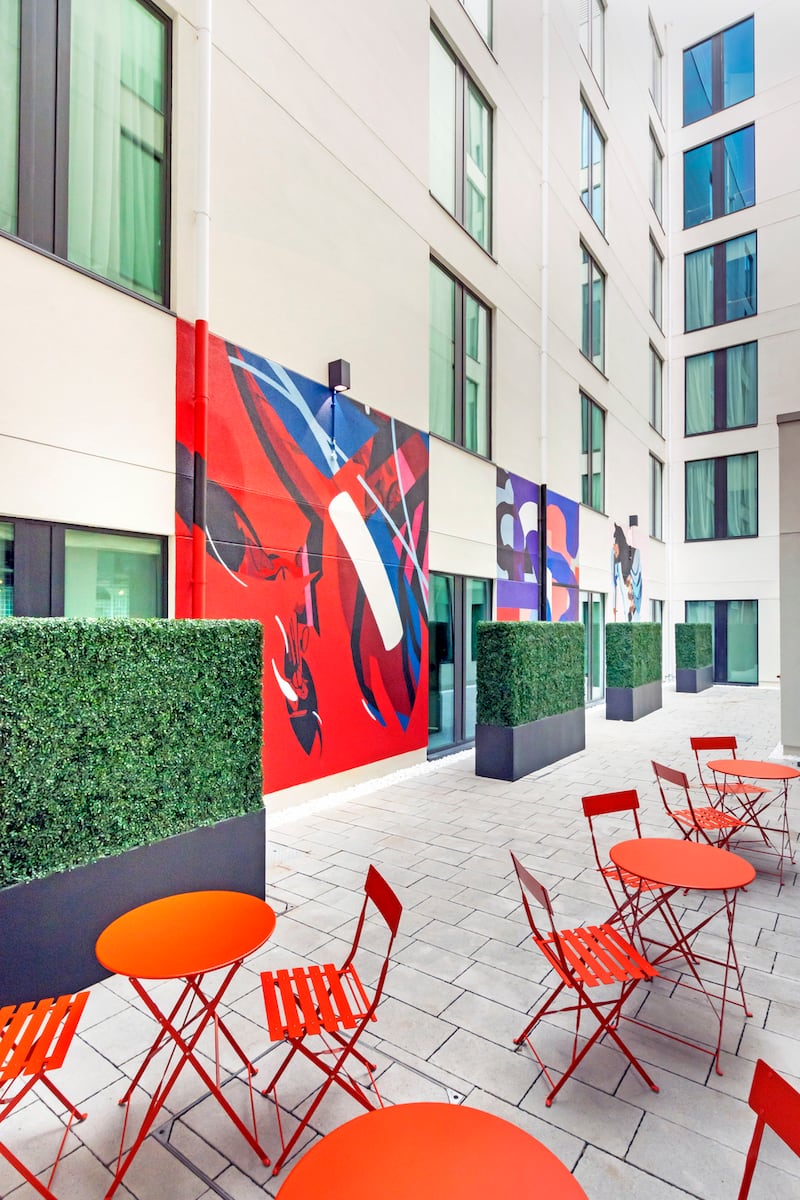
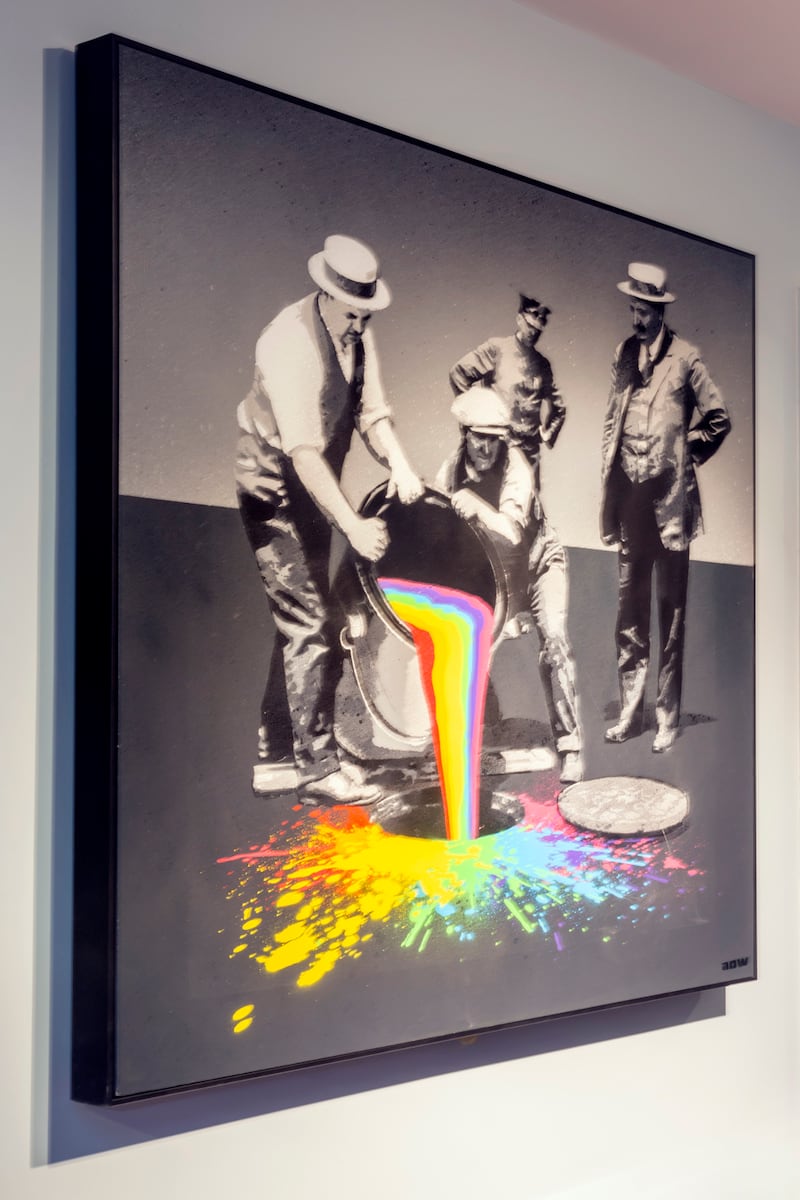
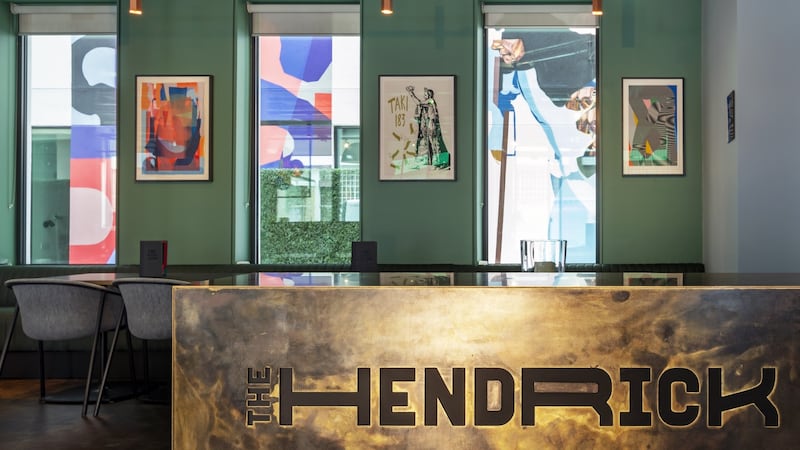
While the rooms are well kitted out (USB ports, high speed wifi, air conditioning, blackout blinds, safes) the rooms are very small indeed, like capsule hotel rooms, and not conducive to lingering.
As they put it: “We don’t plan on seeing you much with the best of the city on our doorstep – we give you the essentials. Dublin gives you the rest!”
While accessible rooms are larger, standard rooms are tight, just 10 sq m, configured as either twins, doubles (with the bed against the wall), or triples (with a bunk over the double bed). While this might be cosily womb-like, in the case of doubles it may mean clambering over your sleeping partner if you draw the short straw to sleep on the inside.
There are bedside “collateral” ledges, a small desk and chair. While doubles have open shelving, other rooms’ storage consist of just couple of hangers, with nowhere obvious to stow luggage, other than in the legspace under the desk.
Room rates currently run from €109 to €239.
The lobby has a full bar; check-in is onscreen; and there’s a “grab & go” with continental breakfast (a pastry and piece of fruit, with coffee and juice: €6), sandwiches and salads, and crockery for guests who order in food.
The “signature” cocktail is a Jameson whiskey sour (€15) – a nod to the distillery round the corner.











